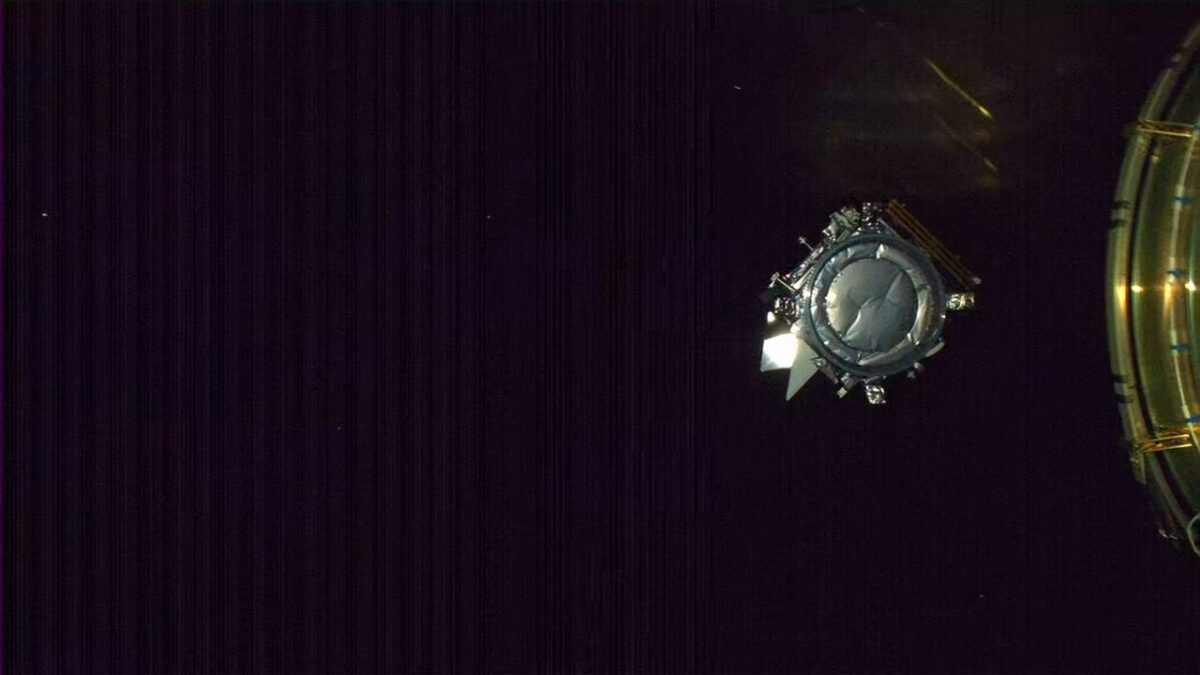Another NASA satellite is in space. The satellite, called PACE (short for “Plankton, Aerosol, Cloud, Ocean Ecosystem”), was launched during the early hours of Thursday (8) by a SpaceX Falcon 9 rocket. When it begins operations, PACE will monitor the Earth's atmosphere and climate, helping scientists Also on analyzing the state of the oceans.
The Falcon 9 rocket departed Space Launch Complex 40 at Space Force Station in Cape Canaveral, Florida, at 3:33 a.m. Brasilia time. About five minutes after launch, the PACE rocket's upper stage was launched into a sun-synchronous orbit 677 km above Earth.
Now, the PACE components will operate their various subsystems. Next, the mission team will evaluate whether everything is going as expected, and if so, the satellite will be able to begin its science work. According to NASA, ground stations have already contacted PACE and provided preliminary data on its status after launch.
When it comes down to business, the data obtained by the satellite will help scientists understand how carbon dioxide exchanges between the ocean and atmosphere occur, and also reveal how aerosols can affect the growth of phytoplankton. What's more, the data will expand NASA's long-term observations, probing our planet's “vital signs” in the coming decades.
To achieve this, PACE has three tools. One is the Ocean Color Spectroradiometer (OCI), which will map the wavelengths of colors determined by interactions between sunlight and molecules in the water. The other devices are polarimeters, which will measure how light's polarization (its in-plane oscillation) is affected by its passage through the ocean, clouds, and aerosols.
source: NASA
